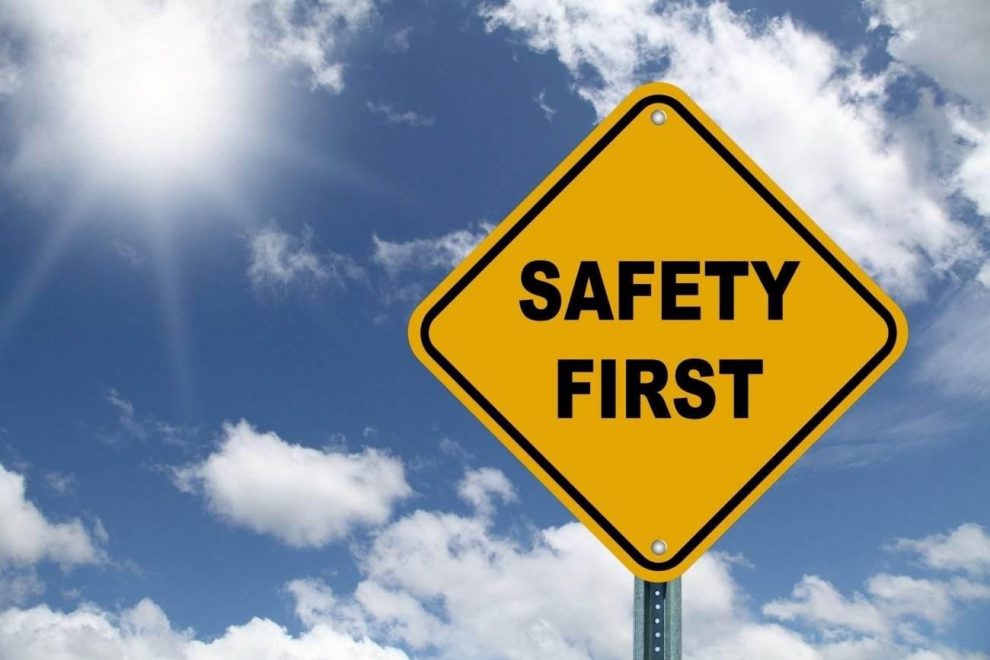In an increasingly interconnected world, home security is of paramount importance. As we endeavor to create a safe haven for ourselves and our loved ones, understanding the essential home security equipment and tools becomes crucial. This comprehensive guide aims to provide an in-depth exploration of the various components that make up a robust home security system, empowering homeowners to make informed decisions about safeguarding their homes.
Introduction
The concept of home security has evolved significantly over the years. While traditional measures like locks and keys remain vital, today’s technology-driven world has introduced an array of sophisticated tools to bolster security. This article delves into the diverse equipment and tools that constitute a comprehensive home security system, ensuring that your family and property remain safe in an ever-changing landscape.
Door Security
- Deadbolt Locks: Deadbolt locks are the first line of defense for your home. We discuss different types, such as single-cylinder and double-cylinder deadbolts, their advantages, and how to choose the right one for your doors.
- Smart Locks: In an age of automation, smart locks have gained popularity. We explore their features, benefits, and potential vulnerabilities, along with tips for secure usage.
- Peepholes and Door Viewers: These simple but effective tools help you screen visitors without fully opening the door. We cover the types of peepholes, installation, and maintenance.
Window Security
- Window Locks and Latches: Windows are often overlooked, yet they can be a vulnerable entry point. We discuss various types of window locks and how to secure different window styles.
- Window Films: Window films not only enhance privacy but also reinforce the glass, making it more resistant to break-ins. We explain the types of films available and their installation.
- Security Bars and Grilles: For added protection, security bars and grilles can deter intruders. We delve into the options, installation, and their impact on aesthetics.
Surveillance Systems
- Security Cameras: Modern surveillance systems feature a wide array of cameras, from analog to IP cameras, each with its unique features. We guide you through the selection process and installation.
- Motion Sensors: Motion sensors are a crucial part of home security, triggering alarms and cameras. We discuss their placement, types, and compatibility with other security equipment.
- Video Doorbells: Video doorbells offer real-time interaction with visitors and can record suspicious activities. We review the top brands and their features.
Alarm Systems
- Burglar Alarms: These are the heart of a home security system. We explain the different types of burglar alarms, including monitored and unmonitored systems, and their pros and cons.
- Smoke and Carbon Monoxide Alarms: Ensuring not only security but safety, these alarms are essential. We cover the various types and their maintenance.
- Panic Buttons: Personal safety is equally important. Panic buttons can be integrated into your home security system to provide immediate assistance in emergencies.
Access Control
- Keyless Entry Systems: Keyless entry systems are convenient and secure. We provide insights into biometric access, keypad systems, and RFID technology.
- Intercom Systems: Intercoms allow communication with visitors at your doorstep. We explore their features and integration with other security elements.
- Access Control Cards: Businesses and homeowners alike use access control cards to manage entry. We explain the technology behind these cards and their implementation.
Home Automation and Integration
- Home Security Apps: Mobile apps are transforming the way we monitor and control our security systems. We review popular security apps and their functionalities.
- Integration with Smart Home Devices: Home security systems can be integrated with smart home devices like lights, thermostats, and voice assistants for enhanced automation.
- Remote Monitoring Services: Many security companies offer remote monitoring services. We evaluate the benefits of professional monitoring and self-monitoring options.
Safes and Secure Storage
- Home Safes: Safes are essential for securing valuable items. We discuss the types of safes, their features, and proper installation.
- Secure Storage Options: Beyond safes, we explore other secure storage solutions for important documents, firearms, and personal items.
Neighborhood Watch and Community Involvement
- Neighborhood Watch Programs: Being part of a community watch program can significantly enhance your home’s security. We explain how to get involved and the benefits it offers.
- Collaborative Security Measures: Working with your neighbors and local authorities can create a network of support, making your neighborhood a safer place.
Conclusion
Creating a secure home involves a combination of various equipment and tools, each serving a specific purpose. By understanding the diverse components of home security and their proper utilization, homeowners can fortify their dwellings against potential threats. In this ever-changing world, staying informed and proactive is the key to maintaining a safe and secure home for you and your family.
In the following sections, we will explore each aspect of home security in detail, providing insights into the latest advancements, best practices, and considerations for selecting and implementing these crucial security measures.











Add Comment